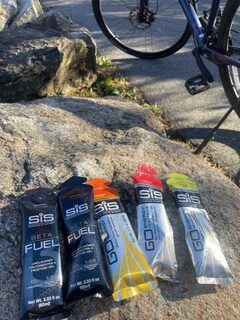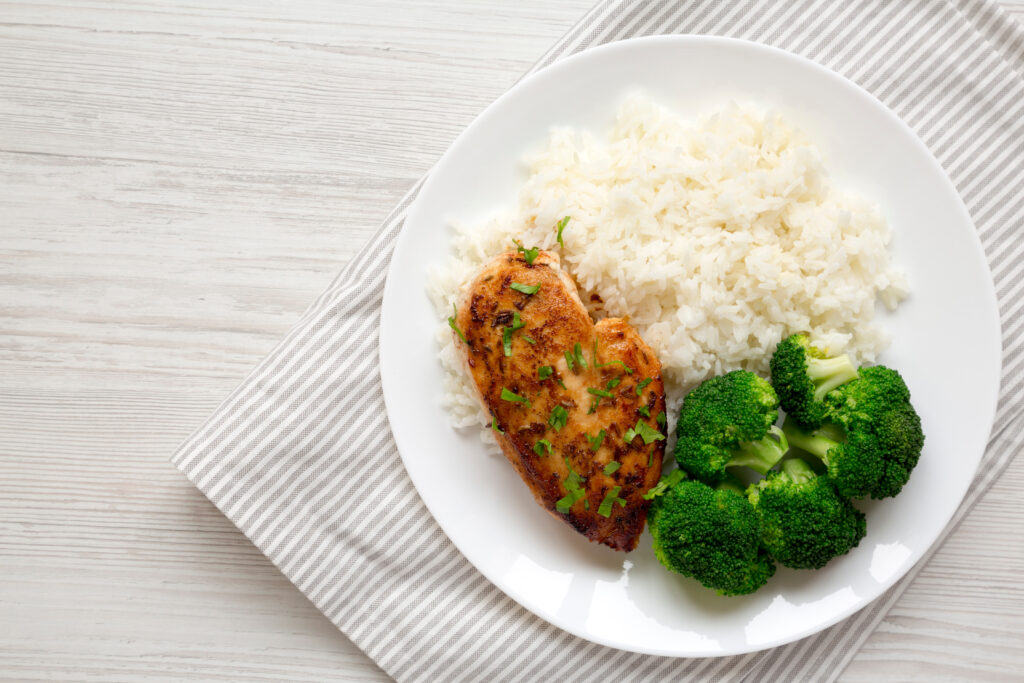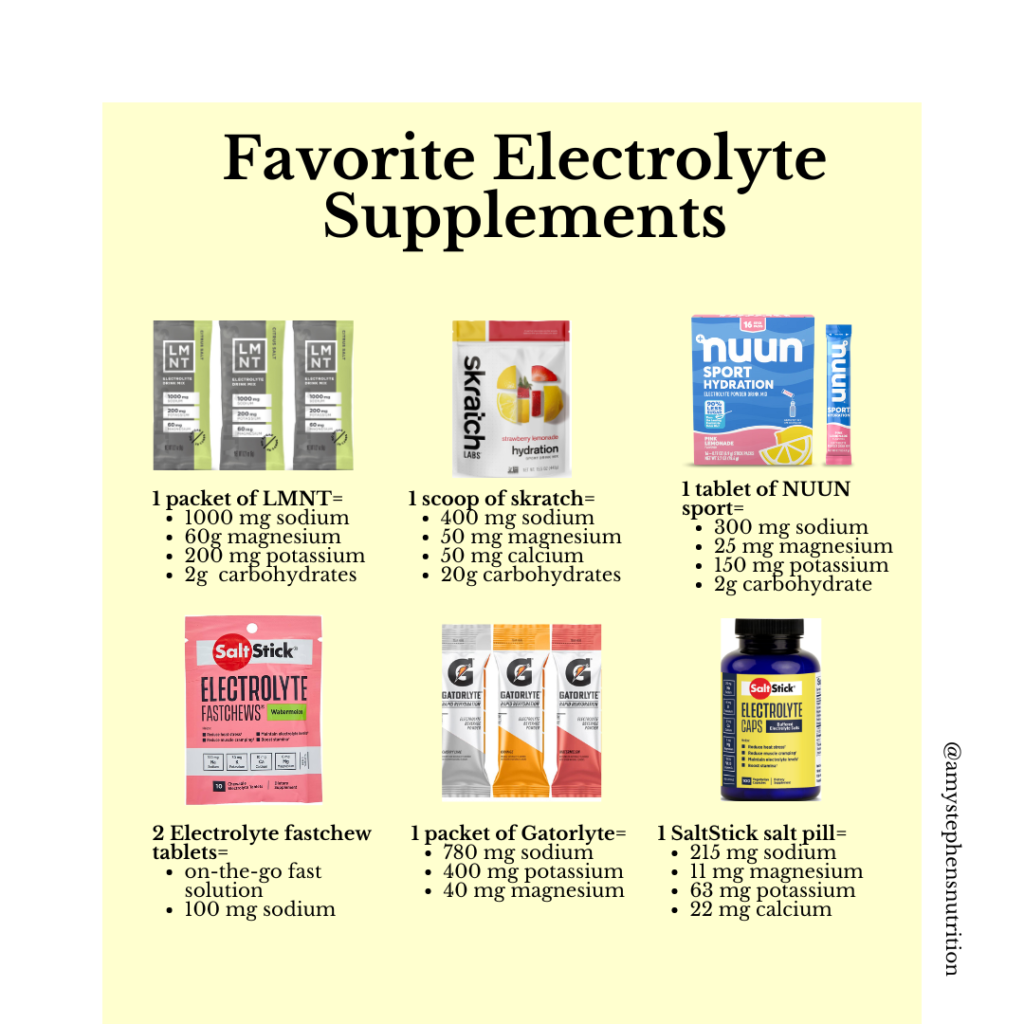Amy Stephens
MS, RDN, CSSD, CEDS
Licensed dietitian
specializing in sports nutrition
and eating disorders
MS, RDN, CSSD, CEDS
Licensed dietitian
specializing in sports nutrition
and eating disorders
If you’ve trained for a marathon, you’ve probably heard about ‘hitting the wall.’ It’s what happens when your body runs out of stored energy, and suddenly the effort feels twice as hard. any athletes describe it as legs feeling heavy like cement and having no energy. Maintaining the same pace or speed feels more difficult, forcing the body to slow down. It typically occurs in endurance events such as marathons but can happen in any sport. Hitting the wall doesn’t just reflect your fitness level; it has to do with exercise expenditure, glycogen stores and overall fueling. Hitting the wall is not inevitable. With the right fueling and pacing plan, energy levels can remain steady for the duration of your competition, and even provide a kick at the end.
Whether you’re an experienced runner or running your first marathon, these key strategies can help you avoid hitting the wall.

Key points:

Train your gut:
While many runners understand the necessity of fueling during the marathon, what most still don’t realize is that successful marathon fueling actually begins during the training cycle. Training the gut refers to the practice of taking in fuel on the training runs. Over time, the body adapts by upregulating enzymes that help convert sugar (gels) into usable energy.

Race week – carbohydrate loading
Carbohydrate loading maximizes muscle and liver glycogen stores, giving your body quick, efficient fuel on race day. Full glycogen stores help delay fatigue and reduce the risk of ‘hitting the wall’.

3–4 hours before the start
If pre-race nerves suppress your appetite, remember that your body needs fuel to perform, and a high carbohydrate pre-race breakfast will help you in the last 10k of your race.
30–60 minutes before the start
In addition to carbohydrates, your body also requires fluids and electrolytes. Together they help the body absorb the necessary nutrients and keep the muscles firing. At later stages of the race, it might be harder to hydrate and you might feel the end is close, but it’s important to continue to hydrate.
